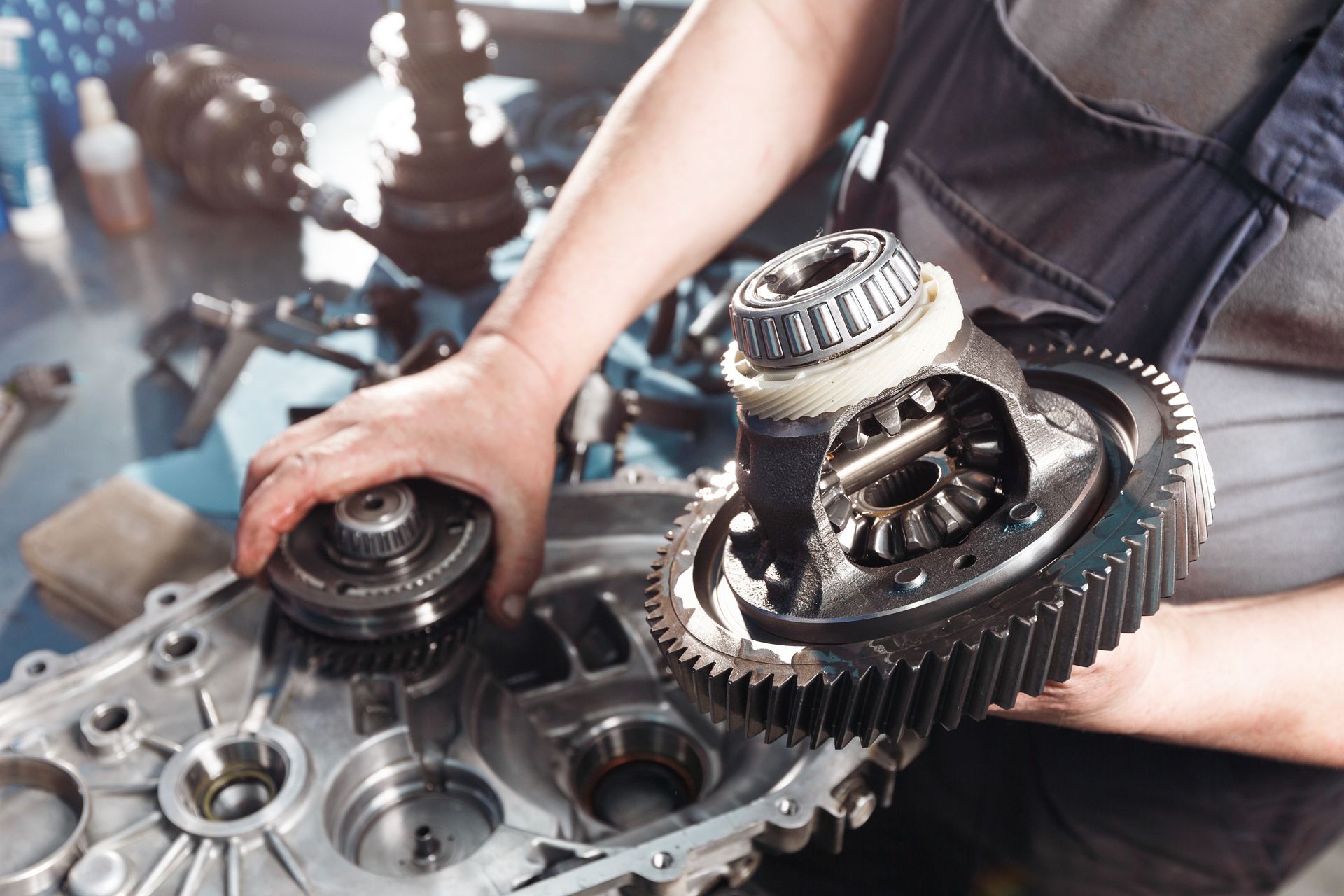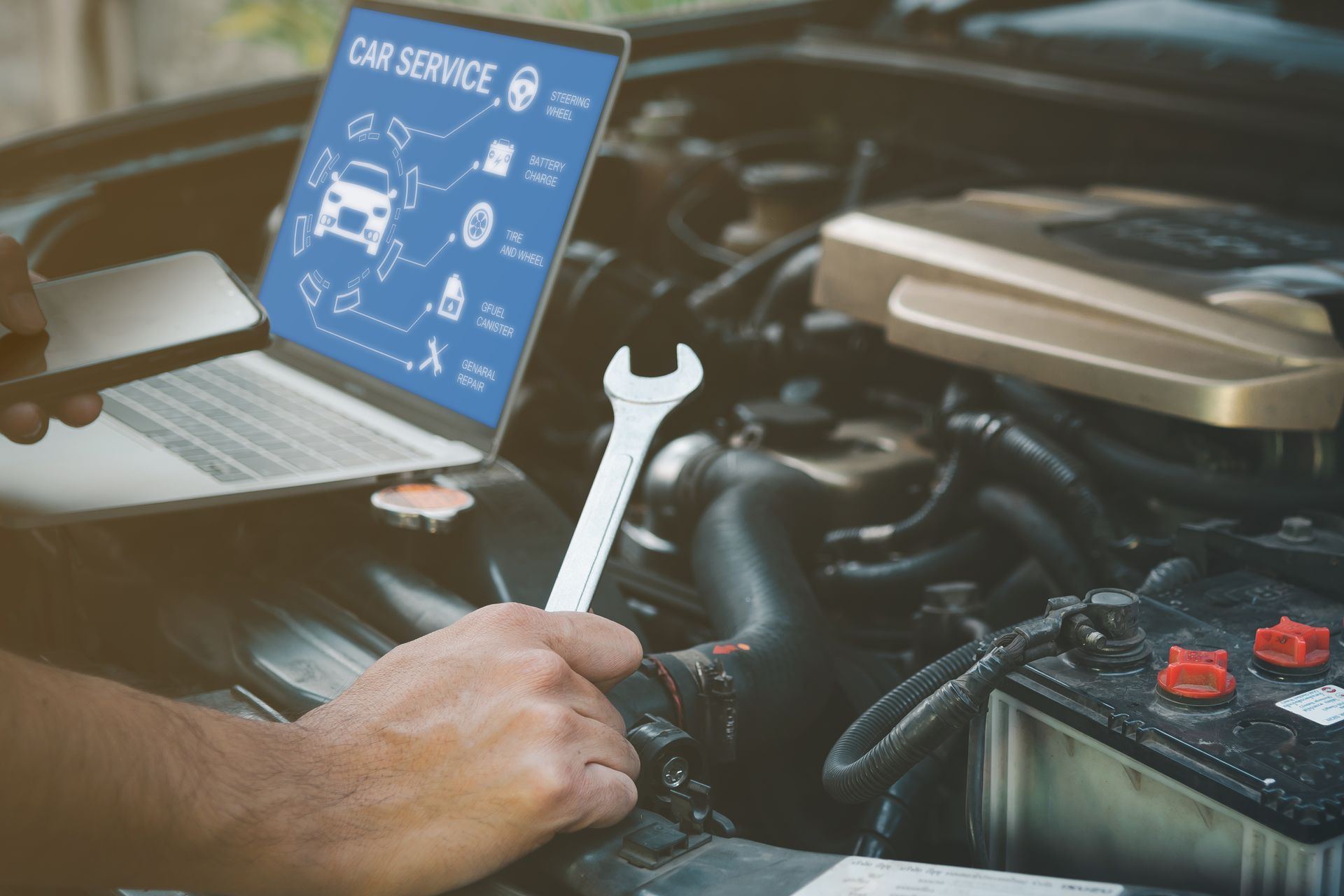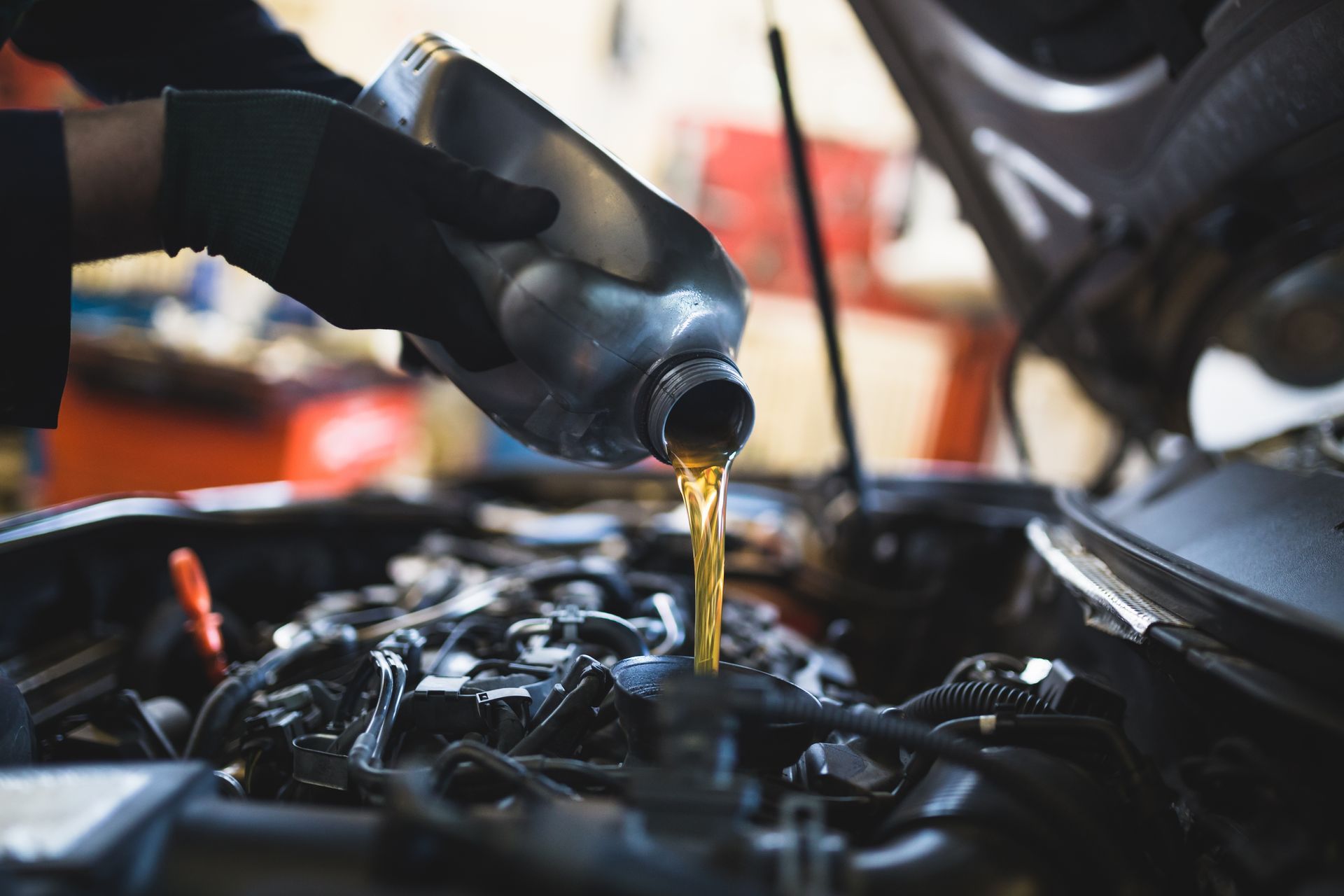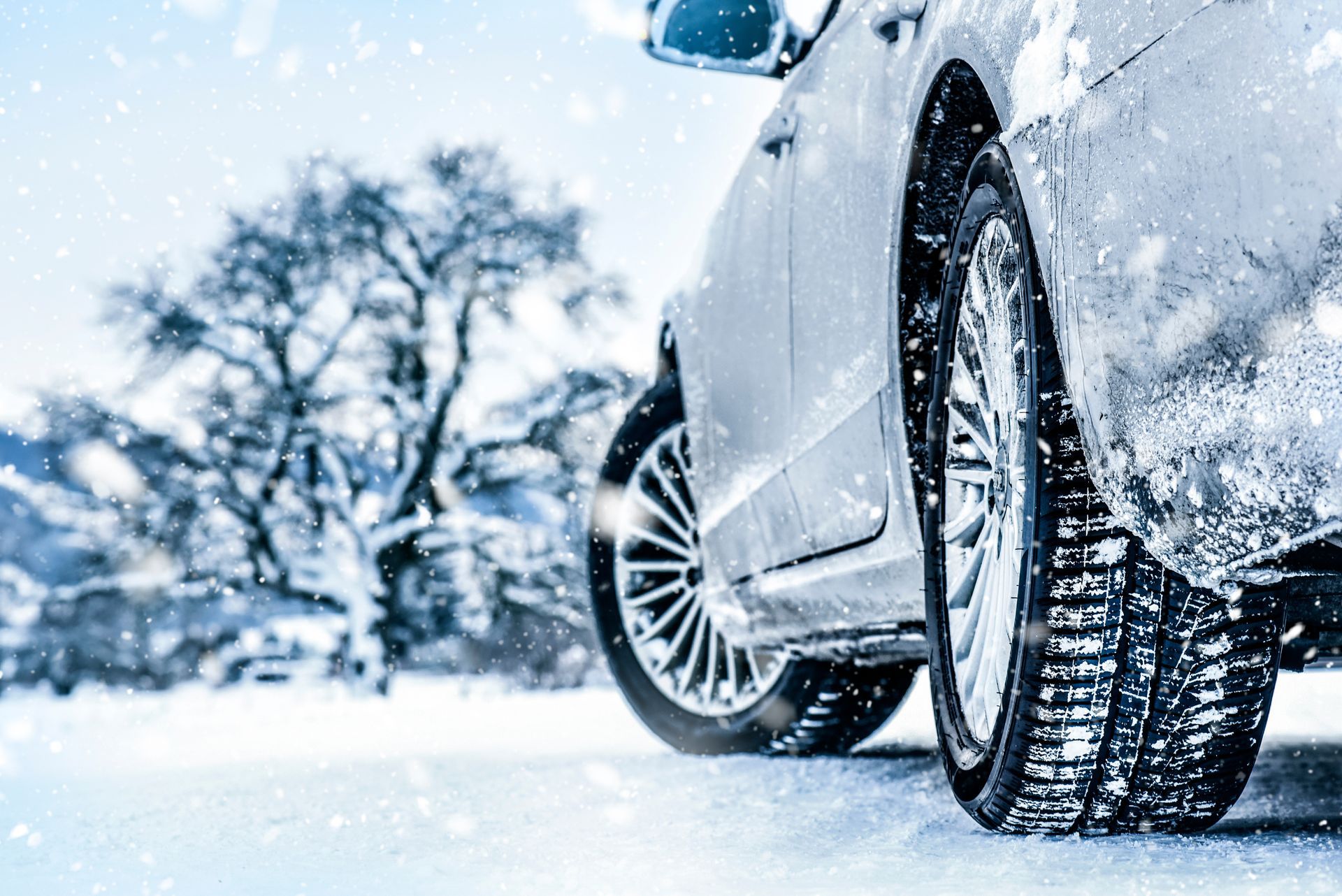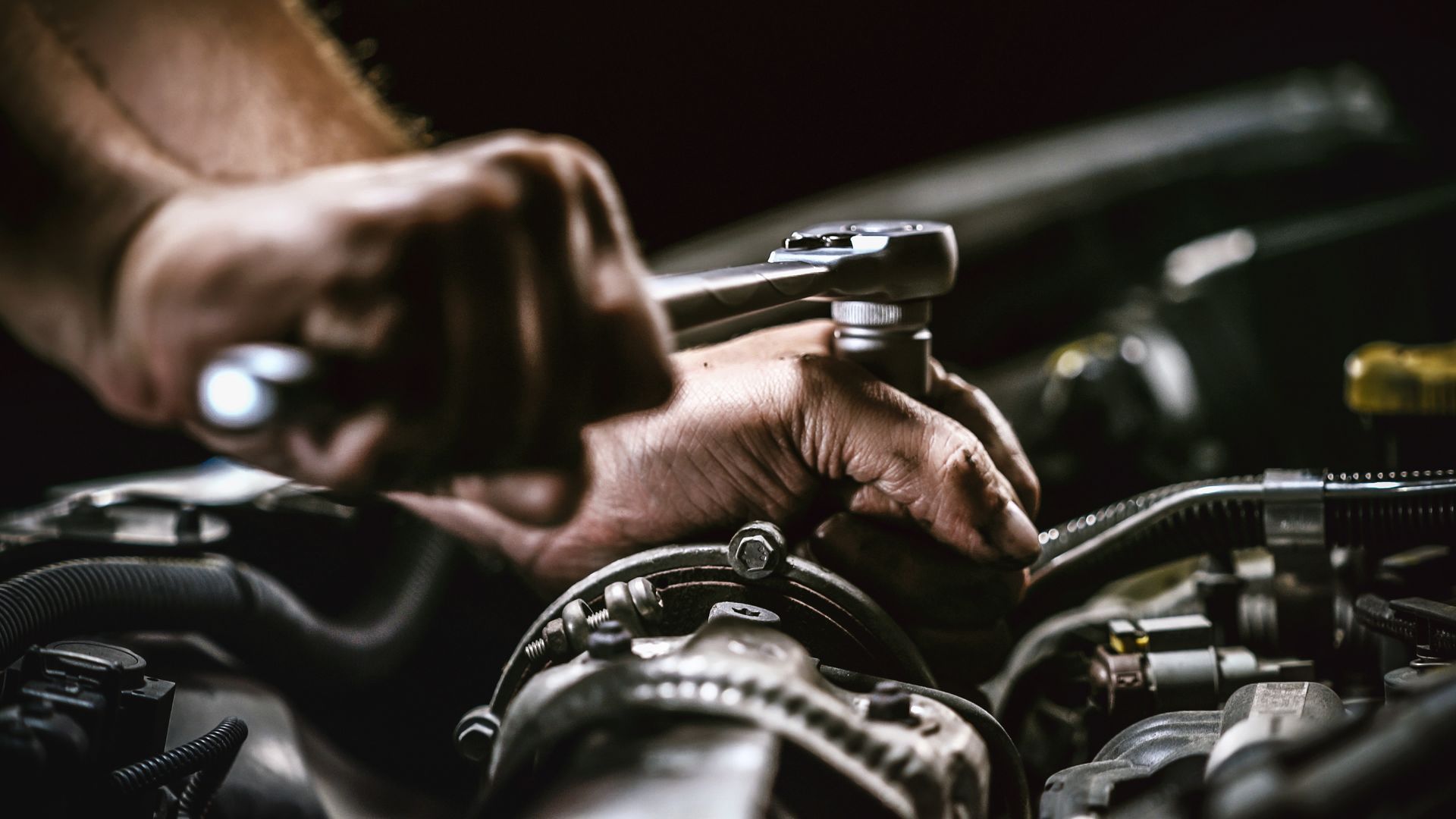Our Blog
Discover expert insights on exhaust systems at Hopkins Tire & Auto Service in Hopkins, MN. Enhance your vehicle's performance. Visit us today!
Get expert engine repair at Hopkins Tire & Auto Service in Hopkins, MN. Our dedicated team ensures your car's optimal performance. Schedule an appointment now!
Reliable brake repair services in Hopkins, MN, at Hopkins Tire & Auto Service. Enhance your vehicle's safety. Schedule an online appointment now!
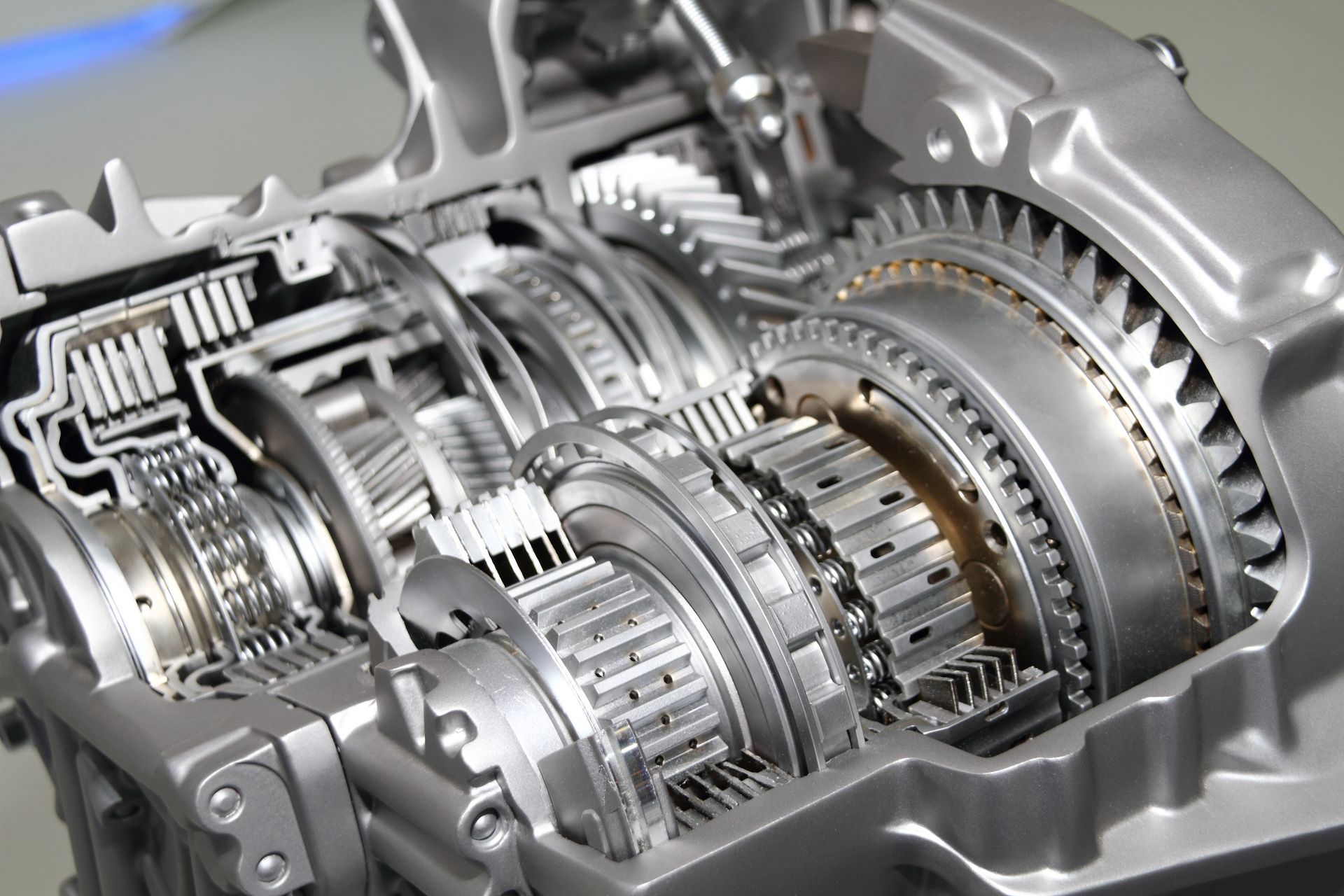
When it comes to vehicle maintenance, certain repairs can wait a little while—but transmission problems are not one of them. At Hopkins Tire & Auto Service in Hopkins, MN, we’ve seen firsthand what can happen when drivers delay transmission repairs: costly breakdowns, total transmission failure, and even permanent damage to the engine. In this post, we’ll break down exactly why timely transmission service matters, the warning signs you shouldn’t ignore, and how we help keep Hopkins drivers safe, confident, and on the move. What Does Your Transmission Actually Do? Your vehicle's transmission is responsible for transferring power from the engine to the wheels. It allows your car to shift gears smoothly and helps regulate speed and torque. Whether you're driving an automatic or manual, the transmission plays a vital role in your vehicle’s overall performance and fuel efficiency. Without a properly functioning transmission, your car simply can’t operate—at least not safely or efficiently. Why Delaying Transmission Repairs Can Be a Costly Mistake Postponing transmission service is more than just a minor oversight—it can lead to serious and expensive consequences. Here’s why: Minor Issues Turn Into Major Repairs - What starts as a fluid leak or delayed gear shift can escalate into complete transmission failure if ignored. Rebuilding or replacing a transmission is one of the most expensive repairs your car can need. Reduced Fuel Efficiency - A poorly performing transmission can cause your engine to work harder than necessary, burning more fuel and reducing your miles per gallon. If you’ve noticed a dip in fuel economy, the issue may not be under the hood—it could be under the car. Safety Hazards on the Road - Imagine your car suddenly slipping out of gear or failing to respond when accelerating. These are not just inconveniences—they’re dangerous, especially in the busy traffic conditions around Hopkins, MN. Common Signs You Need Transmission Repair As your trusted local auto repair shop in Hopkins, we want you to feel empowered to spot early signs of transmission trouble. Here are some red flags to watch for: Grinding or shaking during gear shifts Burning smell coming from the engine area Slipping gears or delayed response when shifting Unusual noises like whining, clunking, or humming Dashboard warning lights related to transmission temperature or performance Transmission fluid leaks (look for red or brown puddles) If you're noticing any of these symptoms, it's time to stop by Hopkins Tire & Auto Service for a diagnostic. Transmission Fluid: The Lifeblood of Your Gearbox One of the simplest yet most overlooked aspects of transmission health is the fluid. Transmission fluid acts as a lubricant, coolant, and hydraulic fluid, and it plays a critical role in gear operation. We recommend checking your transmission fluid level and quality regularly. Clean fluid should be pinkish-red and slightly sweet-smelling. If it’s dark, burnt, or low, that’s a sign you need service—fast. At Hopkins Tire & Auto Service, we offer fluid checks and flushes to help prevent long-term damage and extend the life of your transmission. Transmission Repairs vs. Transmission Replacement Here’s the good news: catching issues early often means a simple repair rather than a complete replacement. Repairs may include: Fixing a fluid leak Replacing a solenoid Adjusting cables or linkages Reprogramming a transmission control module Replacement may be needed if: The transmission is severely damaged Internal parts have worn down beyond repair There’s a complete loss of power transfer If you’re in Hopkins, MN, and unsure where your vehicle stands, we offer full transmission diagnostics to help you make an informed decision. How Hopkins Tire & Auto Service Can Help We’ve proudly served the Hopkins community with honest, reliable auto care for years. Our team of ASE-certified technicians has the expertise and tools to diagnose and repair transmission problems for most makes and models. What sets us apart? Honest diagnostics with no upsells Quality OEM or equivalent parts Industry-backed warranties Same-day service on many repairs A commitment to keeping Hopkins drivers safe We’re not just fixing cars—we’re helping you drive with confidence. Transmission Maintenance Tips for Hopkins Drivers To extend the life of your transmission and avoid costly repairs, follow these simple tips: Stick to your service schedule – Check your owner’s manual and have your transmission fluid changed as recommended. Don’t ride the brakes or accelerate aggressively – These habits put extra strain on your transmission. Warm up your vehicle in cold weather – Minnesota winters can be tough on transmissions. Give your vehicle a few moments to warm up before driving. Get regular inspections – Preventative maintenance is always cheaper than emergency repairs. At Hopkins Tire & Auto Service, we can help build a maintenance plan that fits your driving habits and your vehicle’s needs. Final Thoughts: Don’t Wait on Transmission Repairs Whether it’s a minor adjustment or something more complex, addressing transmission issues early can save you money, stress, and time off the road. If you're in or around Hopkins, MN, and your car isn’t shifting the way it should, trust the local experts at Hopkins Tire & Auto Service to take care of it right the first time. We’re here to keep your car running smoothly and safely—today, tomorrow, and down the road.
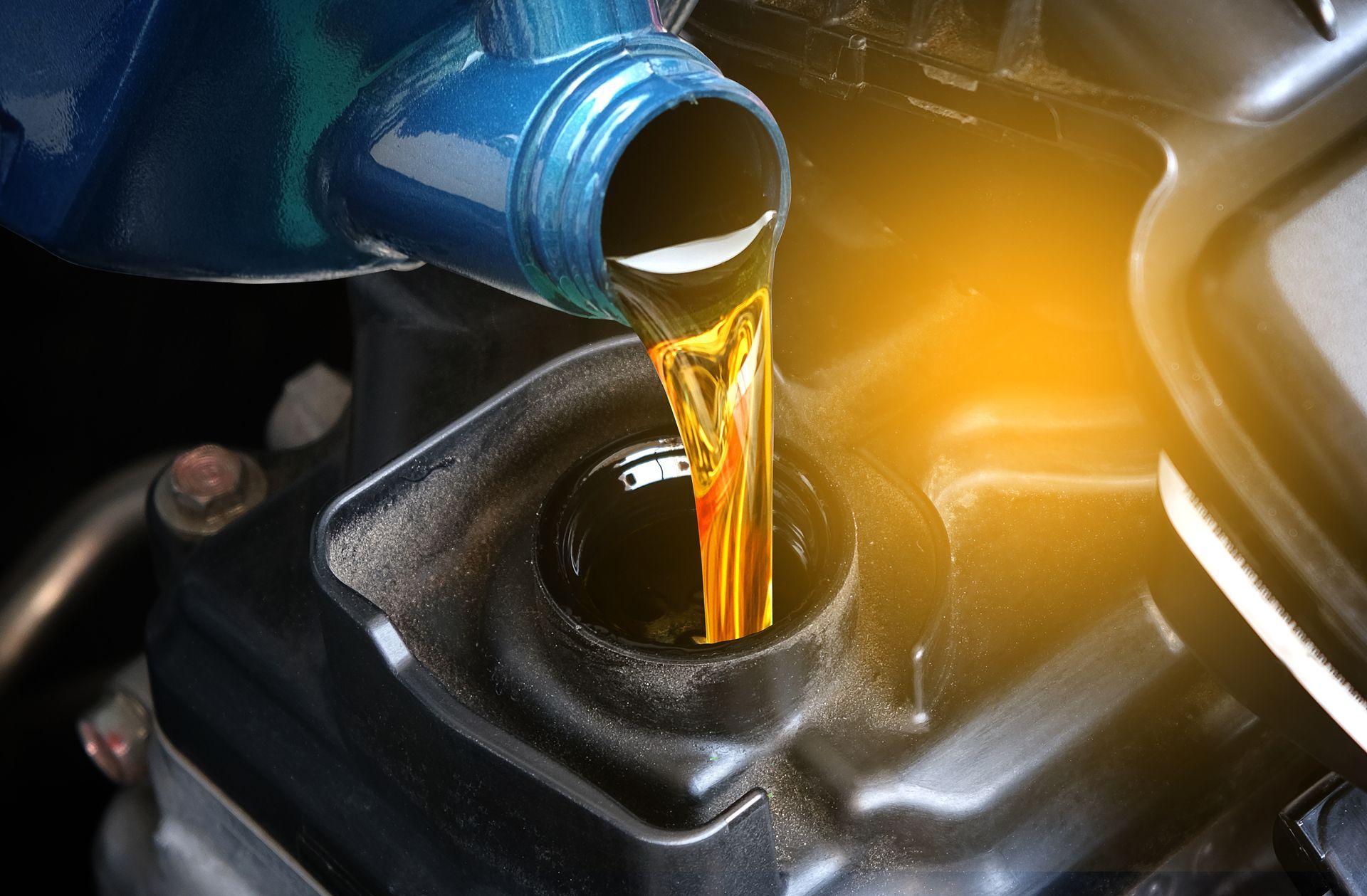
At Hopkins Tire & Auto Service in Hopkins, MN, we know that maintaining your vehicle’s transmission system is critical to its performance, longevity, and overall driving experience. One of the most essential yet often overlooked aspects of transmission care is choosing the right transmission fluid. While it may seem like a minor detail, using the correct transmission fluid is vital for the smooth operation of your car and can prevent costly repairs in the future. In this blog post, we’ll dive into why using the right transmission fluid is so important, how it affects your vehicle's transmission system, and what you need to know to make informed decisions about transmission maintenance. Whether you’re in need of a fluid change or just want to ensure your transmission is operating smoothly, Hopkins Tire & Auto Service is here to guide you. What Does Transmission Fluid Do? Before we explore the importance of using the right transmission fluid, let’s first take a look at what transmission fluid does. Transmission fluid is crucial to your vehicle's transmission system, which is responsible for shifting gears. The fluid acts as a lubricant for the various moving parts inside the transmission, reducing friction and preventing overheating. It also helps with the smooth shifting of gears and assists in cleaning and conditioning the system, ensuring its efficient performance. At Hopkins Tire & Auto Service , we emphasize the importance of regularly checking and replacing your transmission fluid. Using the wrong fluid—or failing to replace it on time—can cause your transmission to overheat, wear out prematurely, and even fail entirely. Why Using the Right Transmission Fluid Matters 1. Prevents Overheating and Damage Transmission fluid helps to regulate the temperature of the transmission by absorbing heat generated by friction. When the wrong fluid is used, it may not be able to handle the heat, leading to overheating and potential damage to the internal components of the transmission. Overheating can cause seals to wear out, clutches to fail, and gears to become damaged. At Hopkins Tire & Auto Service , we recommend checking your transmission fluid regularly, especially during extreme weather conditions. Whether it’s the summer heat or the cold Minnesota winters, using the right fluid ensures your transmission runs smoothly, no matter the season. 2. Improves Gear Shifting Performance Using the wrong transmission fluid can negatively affect the smoothness of your vehicle’s gear shifting. If your transmission is struggling to shift gears or you feel jerking or hesitation during acceleration, it might be due to improper fluid. The right transmission fluid ensures that your transmission’s gears shift smoothly, offering a more comfortable and efficient driving experience. With the right fluid, you’ll experience smoother transitions between gears, better responsiveness when you press the gas pedal, and improved acceleration. Our expert team at Hopkins Tire & Auto Service can assist you in choosing the right fluid for your specific make and model, ensuring the best performance from your vehicle. 3. Prevents Slipping and Jerking Transmission slipping—when the engine revs without a corresponding increase in speed—is often a sign of low or old transmission fluid. If the fluid is dirty or has broken down, it can no longer properly engage the gears, leading to slipping or jerking. This can be frustrating and, if left unchecked, could lead to more severe transmission problems. By using the right fluid and replacing it at the manufacturer-recommended intervals, you can reduce the chances of slipping or jerking while driving. At Hopkins Tire & Auto Service , we can help you stay on top of fluid maintenance and prevent transmission issues before they become major problems. 4. Prevents Wear and Tear on Transmission Components The transmission is made up of many intricate parts, including gears, clutches, and valves, all of which are susceptible to wear and tear. Transmission fluid acts as a lubricant for these components, reducing friction and wear. However, using the wrong fluid can result in insufficient lubrication, causing parts to wear out prematurely. Inadequate lubrication can also lead to corrosion, which can further damage the transmission. Maintaining the correct type of fluid can extend the lifespan of your transmission by reducing the rate of wear on critical components. Regular fluid changes, which are part of our service at Hopkins Tire & Auto Service , help ensure that your transmission runs smoothly and lasts longer. 5. Ensures Proper Hydraulic Function Transmission fluid also plays a role in providing hydraulic pressure to the system, allowing it to perform gear changes. If the fluid is incorrect or too old, it may not generate enough pressure, which could lead to sluggish or even non-functioning gear shifts. The right fluid ensures that the system operates optimally and shifts seamlessly. How to Know If Your Transmission Fluid Needs Attention There are several signs that your transmission fluid may need to be checked or replaced: Slipping Gears: If you notice that your car is slipping out of gear or struggling to shift, it could be a sign of low or dirty fluid. Grinding or Shaking: If your vehicle is making strange noises such as grinding or shaking while shifting gears, it may indicate insufficient fluid or fluid contamination. Delayed or Hard Shifting: If you experience delays when shifting gears, or if it feels like your transmission is hesitating, it could be a result of improper fluid. Burning Smell: A burning smell coming from your vehicle could be a sign that your transmission fluid is overheating or breaking down. Warning Light: Many vehicles have a warning light that will illuminate when there’s an issue with your transmission. If this light comes on, it’s a good idea to check your fluid levels. If you’re experiencing any of these symptoms, it’s time to bring your vehicle to Hopkins Tire & Auto Service for an inspection. Our skilled technicians will assess the situation and determine whether a transmission fluid change or other repairs are necessary. Choosing the Right Transmission Fluid for Your Vehicle There are various types of transmission fluid, each designed for specific types of transmissions, including manual, automatic, and continuously variable transmissions (CVT). It’s essential to use the fluid specified by your vehicle’s manufacturer to ensure proper functionality. Automatic Transmission Fluid (ATF): Most modern vehicles use ATF for automatic transmissions. This fluid is specially formulated to provide both lubrication and hydraulic pressure. Manual Transmission Fluid: Manual transmissions often require different fluid, which is typically thicker than ATF. It’s important to use the fluid that is recommended for your vehicle’s manual transmission. CVT Fluid: If your vehicle uses a continuously variable transmission, it requires a specialized fluid designed to handle the unique demands of a CVT system. At Hopkins Tire & Auto Service , our knowledgeable team can help you select the right transmission fluid based on your vehicle’s make, model, and transmission type. The Importance of Regular Transmission Fluid Changes Just like engine oil, transmission fluid breaks down over time and becomes contaminated with debris, which can reduce its effectiveness. Regular fluid changes are essential for maintaining transmission health. We recommend checking your transmission fluid at least once a year and changing it according to your vehicle’s manufacturer’s guidelines. Doing so can prevent unnecessary wear and keep your transmission in optimal condition. Trust Hopkins Tire & Auto Service for Your Transmission Fluid Needs When it comes to transmission fluid maintenance, Hopkins Tire & Auto Service in Hopkins, MN, is your trusted partner. Our team of experienced technicians is here to ensure your vehicle’s transmission is performing at its best. Whether you need a fluid change or a full inspection, we’ve got you covered. Schedule an appointment today to have your transmission fluid checked, and let us help you keep your vehicle running smoothly for years to come.
